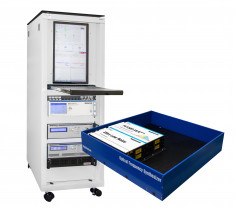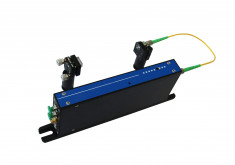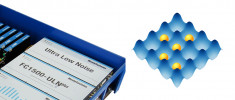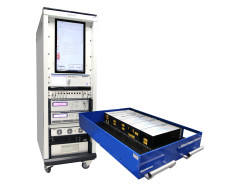高分辨率光谱
The original motivation to invent the frequency comb was the advancement of laser spectroscopy, with special regard to Hydrogen spectroscopy. The comb serves as an intrinsically calibrated wavemeter and to lock different lasers from the UV to the MIR to each other.
Application Notes
- Comb teeth resolving Fourier transform spectroscopy
- World’s First Optical Frequency Comb in Microgravity Environment
- Testing the Weak Equivalence Principle in Parabolic Flight on an Airbus
- SCIENTIFIC PUBLICATION: Sub-Doppler optical-optical double-resonance spectroscopy using a cavity-enhanced frequency comb probe
- SCIENTIFIC PUBLICATION: Sub-Doppler Double-Resonance Spectroscopy of Methane Using a Frequency Comb Probe
- SCIENTIFIC PUBLICATION: Optical frequency metrology
- SCIENTIFIC PUBLICATION: Frequency comb assisted diode laser spectroscopy for measurement of microcavity dispersion
- SCIENTIFIC PUBLICATION: All polarization‑maintaining fiber laser architecture for robust femtosecond pulse generation
- SCIENTIFIC PUBLICATION: Excess carrier-envelope phase noise generation in saturable absorbers
- SCIENTIFIC PUBLICATION: All-PM coherent 2.05 µm thulium/holmium fiber frequency comb source at 100 MHz with up to 0.5 W average power and pulse duration down to 135 fs
- SCIENTIFIC PUBLICATION: 20 Years and 20 Decimal Digits: A Journey With Optical Frequency Combs
- TECHNICAL ARTICLE: Photonic Wire Bonding: Using Lasers to Integrate Lasers





